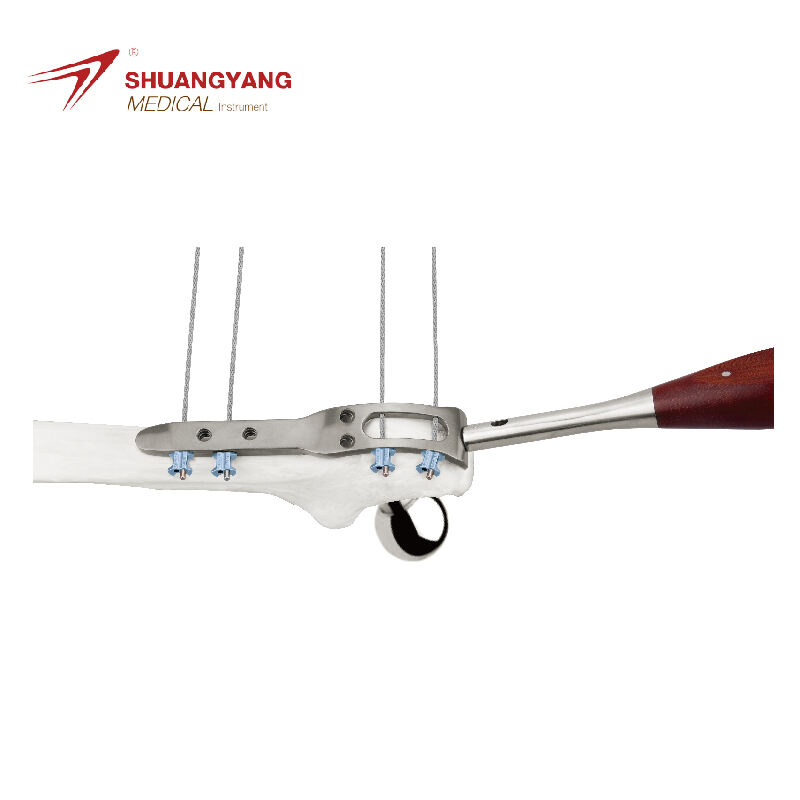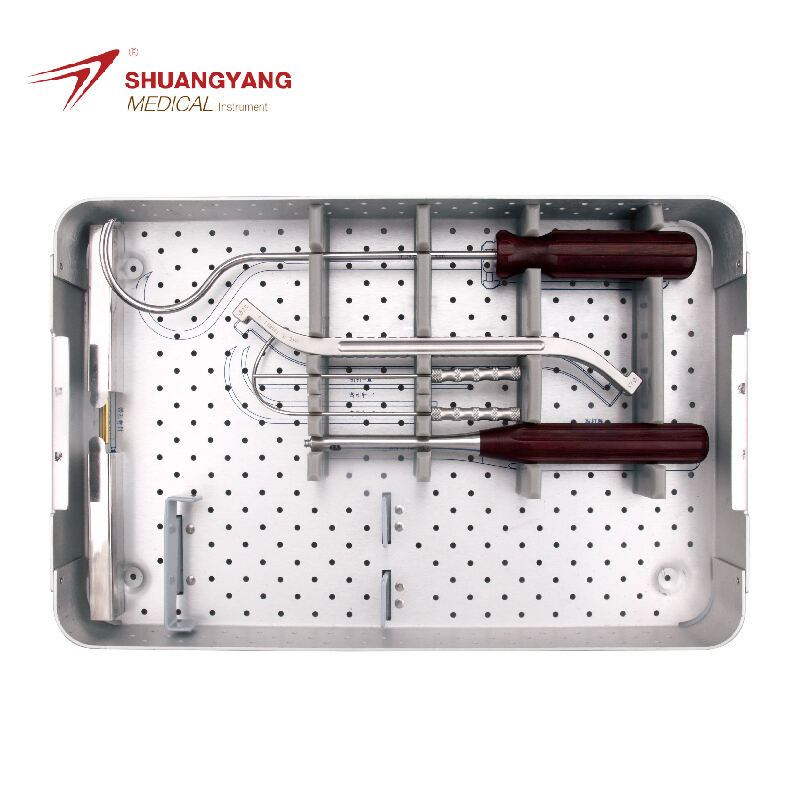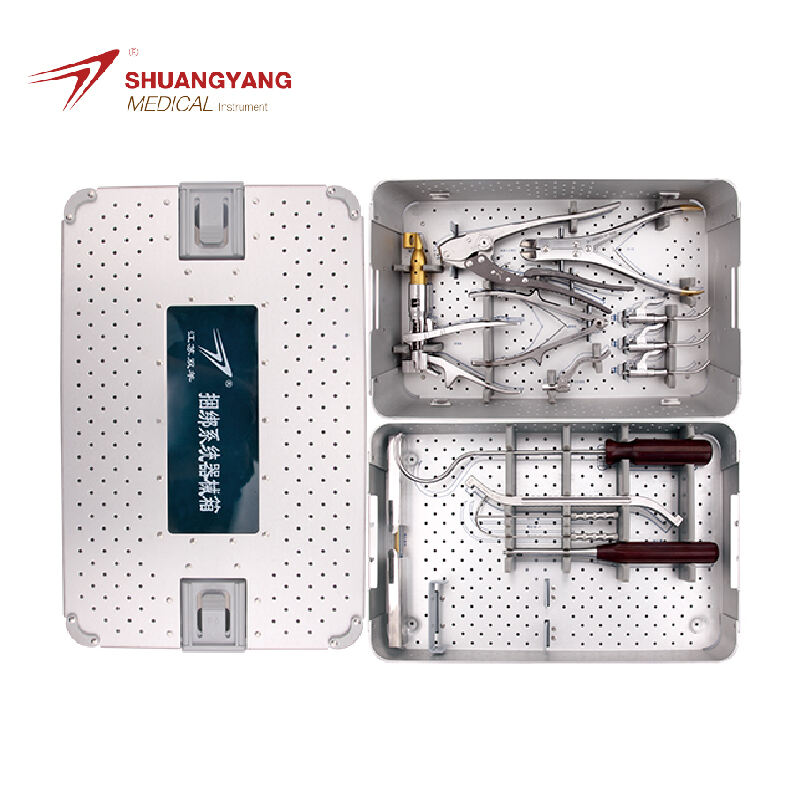tibia nailing
Tibia nailing is an advanced orthopedic surgical technique used primarily to treat fractures of the tibia, or shinbone. The main function of tibia nailing is to stabilize the bone, allowing for proper alignment and healing. Technological features of tibia nailing include the use of a titanium nail, which is inserted into the medullary cavity of the tibia. This procedure is guided by fluoroscopy, a type of imaging technique that ensures precise placement. The nail has screw holes that allow for the attachment of locking screws, which secure the bone fragments in place, facilitating faster recovery and reducing the risk of malunion. Applications of tibia nailing extend to complex fractures, including those with communition, or bone fragmentation, as well as fractures that require reconstructive procedures.


